Helical Model - Our Solar System is a Vortex Why is the Solar Helical Model Wrong
This is a non-conventional view of our solar system that is different from the standard 'flat' diagrams. We travel, never return to the same spot again.
The following video is an astronomical metaphor for the way we see vocabulary, grammar and writing spiral throughout the language development process. Just as nature spirals, so does language.
We liken language to astronomy because there are so many parallels. When students just begin to learn a language, it is like the Big Bang. There is so much language coming to them at once, and there is little order.
The sun is like the learner, traveling through space, trying to find order. The learner has a trajectory just like our solar system. The planets are the vocabulary and grammar she picks up along the way, held together by a spiraling lesson plan that acts like a gravitational pull, keeping everything together. As instructors, if we allow for this spiral to happen, perhaps the student’s process of language development can go more smoothly, efficiently, and effectively.
If you’re even a casual space fan you may have seen a viral gif animation showing our solar system traveling through space, the motions of the planets tracing corkscrew “vortex” paths around a line-driving Sun. While it’s definitely intriguing to watch (in that mesmerizingly-repetitive gif fashion) and rendered with a talented flair for design, there are two fundamental problems with it. One: it’s not entirely correct, scientifically, and two: its creator’s intention is to illustrate a decidedly un-scientific point of view about the Solar System and the Universe as a whole.
It seems to me that the appearance of the Sun leading the planets in the gif is just the result of a projection effect – i.e. that things can look different from different angles. On the other hand, Plait read the source material for Sadhu’s model, so maybe there’s something in there that’s more explicit. I’ve glanced at it, but couldn’t find anything stating this precisely. Actually I couldn’t find a whole lot that was even vaguely coherent, but we’ll return to this later. For now, just keep in mind that Sadhu is using an alternative model, even though that may not always be evident.
What the gif definitely does not show is the fact that the orbits of the planets are tilted at about 60 degrees to the direction of the Sun’s motion. Says Plait :
“In the helical model, he shows the planets as orbiting around the Sun perpendicular to the motion of the Sun around the galaxy; “face-on”, if you like. This is wrong. Because the orbits of the planets are tipped by 60°, not 90°, they can sometimes be ahead and sometimes behind the Sun. That right there, and all by itself, shows this helical depiction is incorrect.”
There can be no mistaking that Sadhu’s video shows the orbits with the wrong tilt. But is that so critical? Well actually no, not really. Fact is that if you include the tilt, you still see the planets making a “spiral” pattern (technically it’s a helix) as they move through space. The overall appearance just isn’t that massively different compared to a 90-degree tilt.
So what’s the big deal? What does the author claim in this internet sensation that’s so outrageous? Well, not much. That particular video/gif are actually fairly inoffensive, to my mind. The most basic notion that the planets trace helical paths through space is perfectly correct. What honestly surprises me is that this is so incredibly popular on the internet. If you weren’t aware that the Sun orbits the center of the galaxy — which, since the planets orbit it, necessitates that they trace out helical paths — then the education system has seriously failed. But do not despair! This can be remedied very, very easily.
-
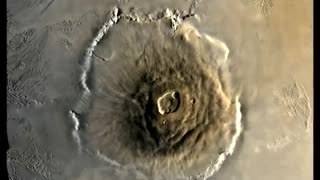 1:46:10
1:46:10
Sunteleia
1 year agoInconsistencies in the Standard Model of Our Solar System, part 1
67 -
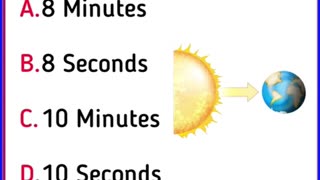 0:27
0:27
TheLearningDiary
6 months agoSolar System General Knowledge Unveiled #solarsystemfacts #generalknowledge #cosmicwonders #shorts
16 -
 8:54
8:54
FlatEarthArchive
1 year agoPerihelion and Aphelion Debunk The Heliocentric Model
186 -
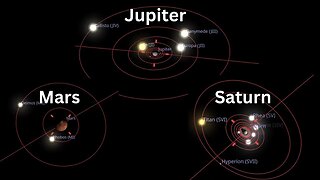 7:48
7:48
VeryUncommonKnowledge
1 year agoThe Solar System Model - To Scale
12 -
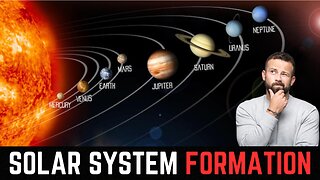 9:46
9:46
Atomic Analyzer
9 months agoHow did the Solar System form? | Formation of the Solar System
3 -
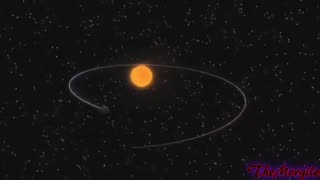 38:52
38:52
SusieQ4u
1 year agoA GREAT INTRODUCTION AS TO WHY WE QUESTION THE LEGITIMACY OF THE HELIOCENTRIC MODEL
1203 -
 1:20
1:20
px2195
1 year agoAdded vacuum material – Solar-planet atm. refraction model, v. IOR index=0.8| DISPERSION= 0.000354
100 -
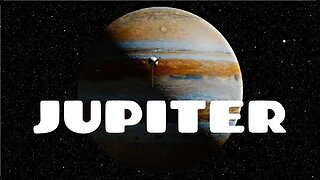 10:38
10:38
Argyle302's Animations
1 year ago $0.01 earnedJupiter Blender Simulation In 4K
107 -
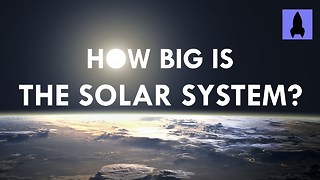 7:07
7:07
PBS_ItsOKToBeSmart
6 years agoUnderstanding How Big The Solar System Is Is Easy With This Demonstration
34 -
 0:28
0:28
UFOsworldwide
1 year agoIn 2012 Plasma from the Sun Was Mysteriously Sucked Up By a Unknown Thing - What was it really?
85